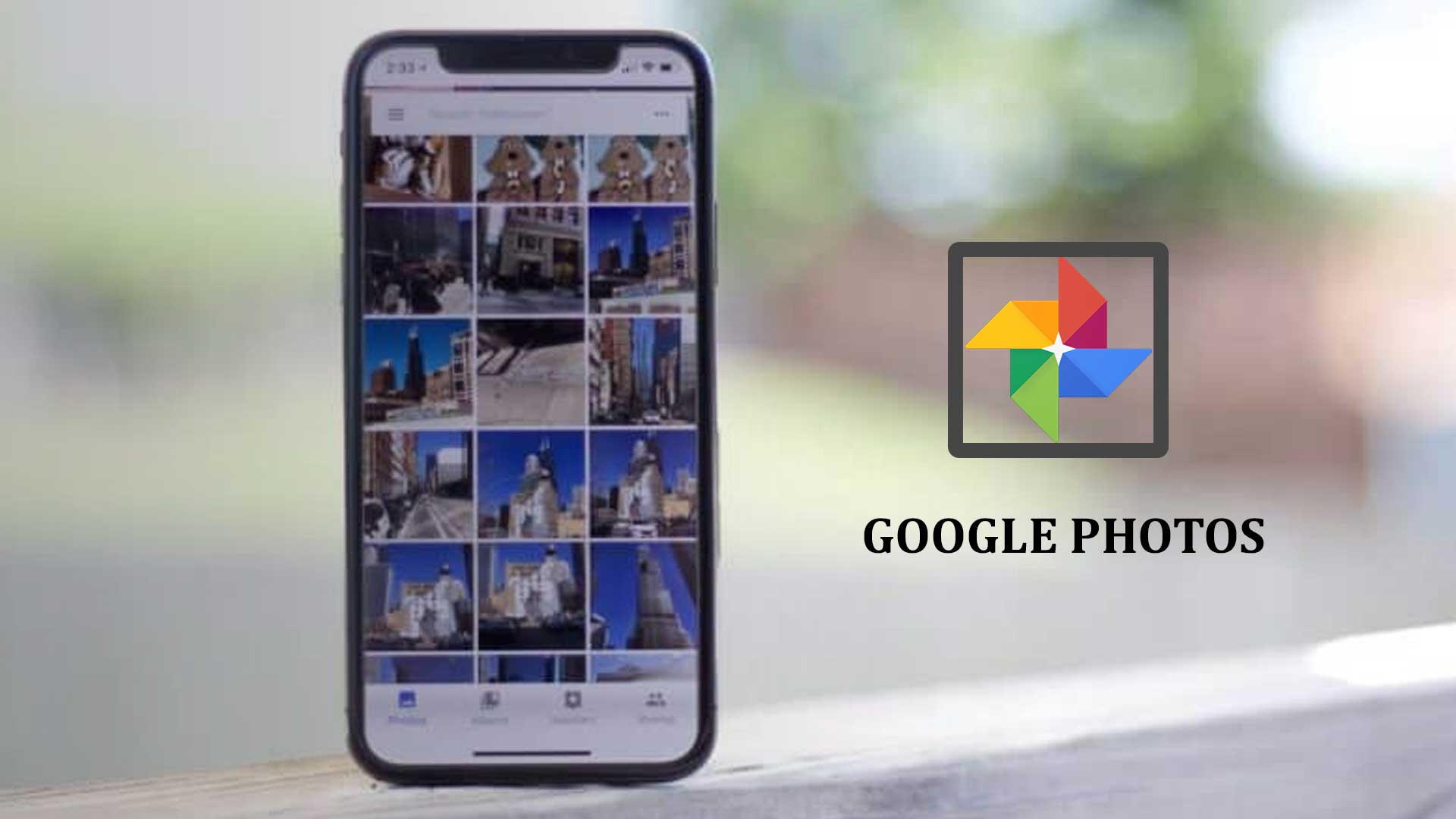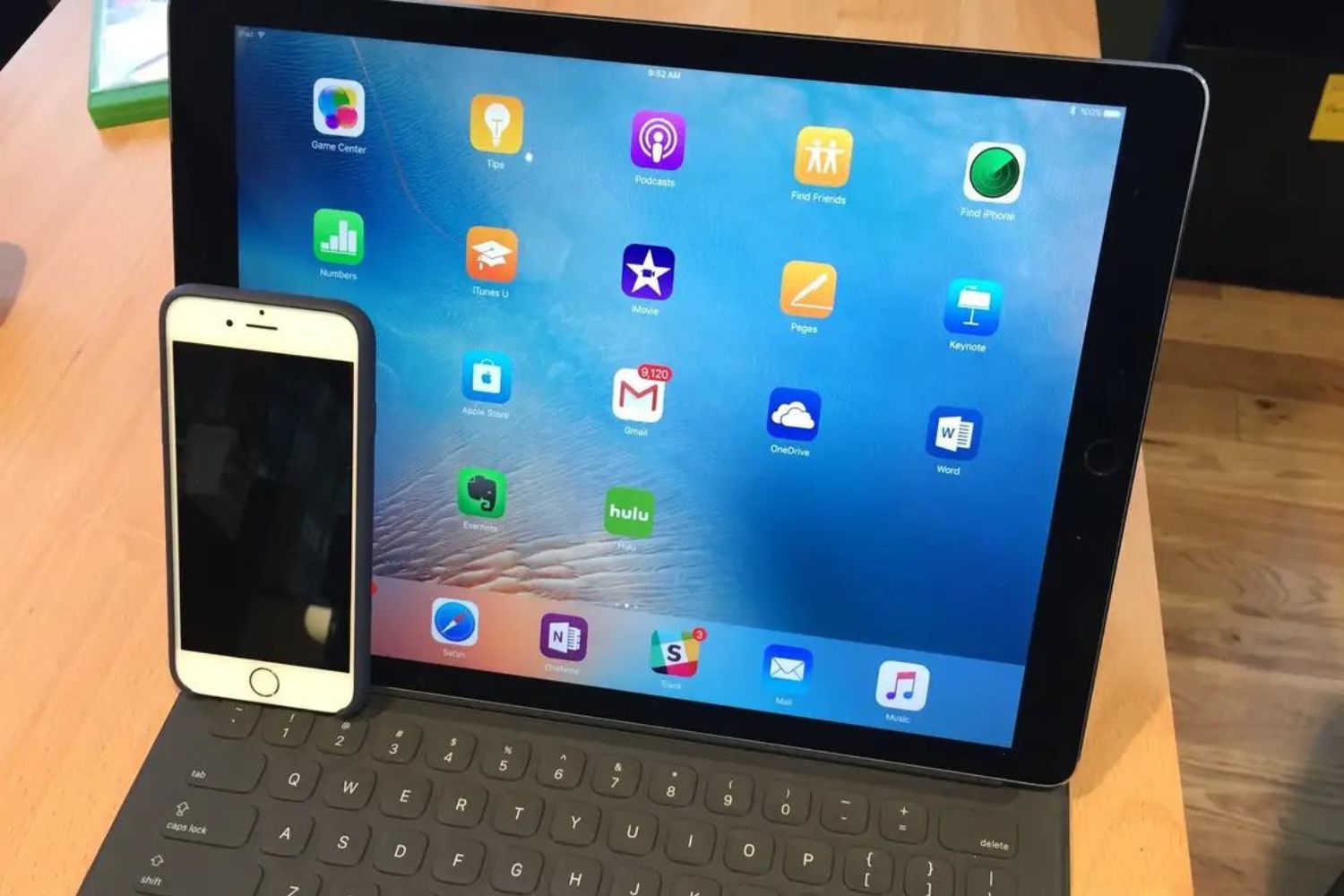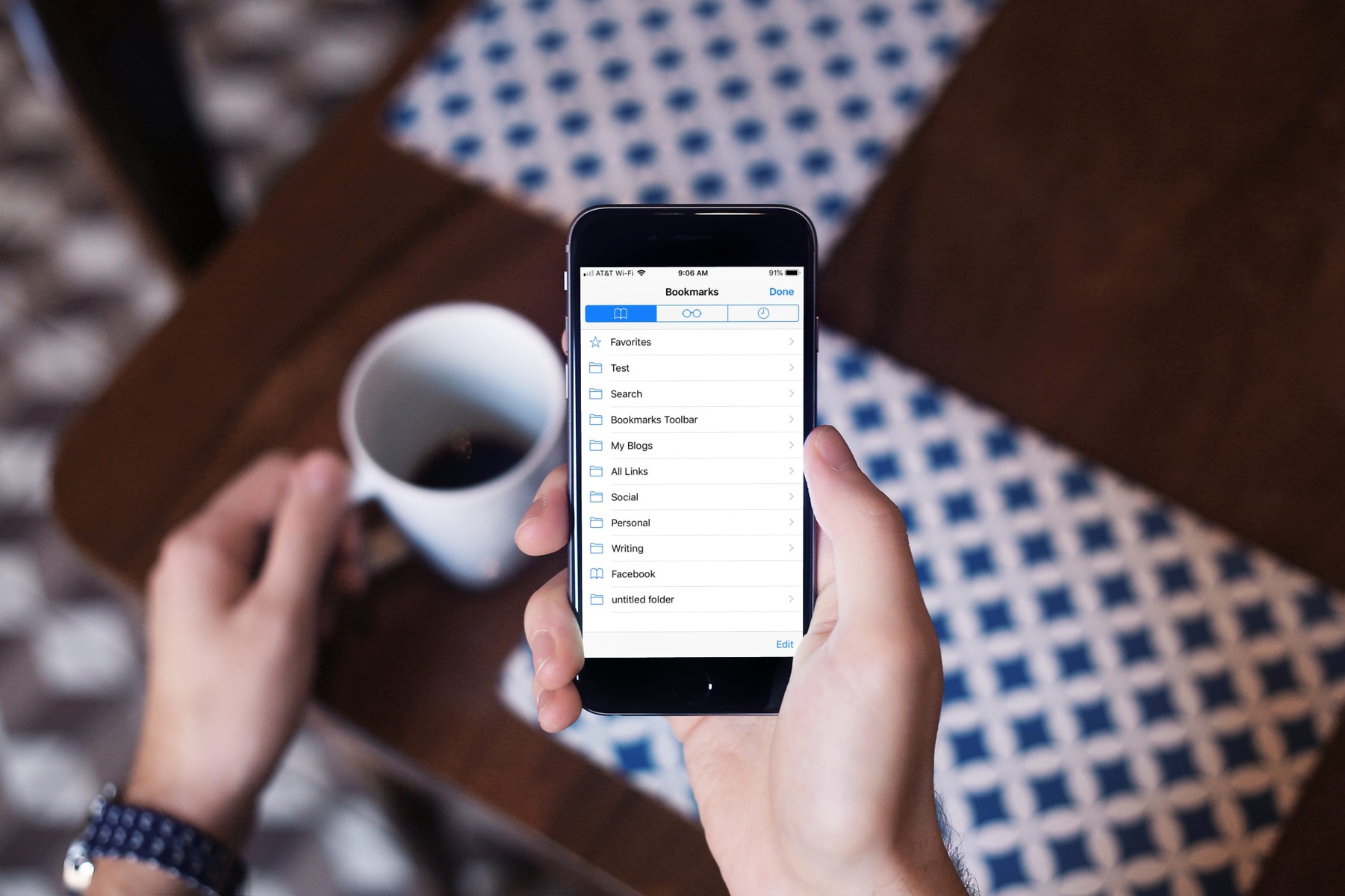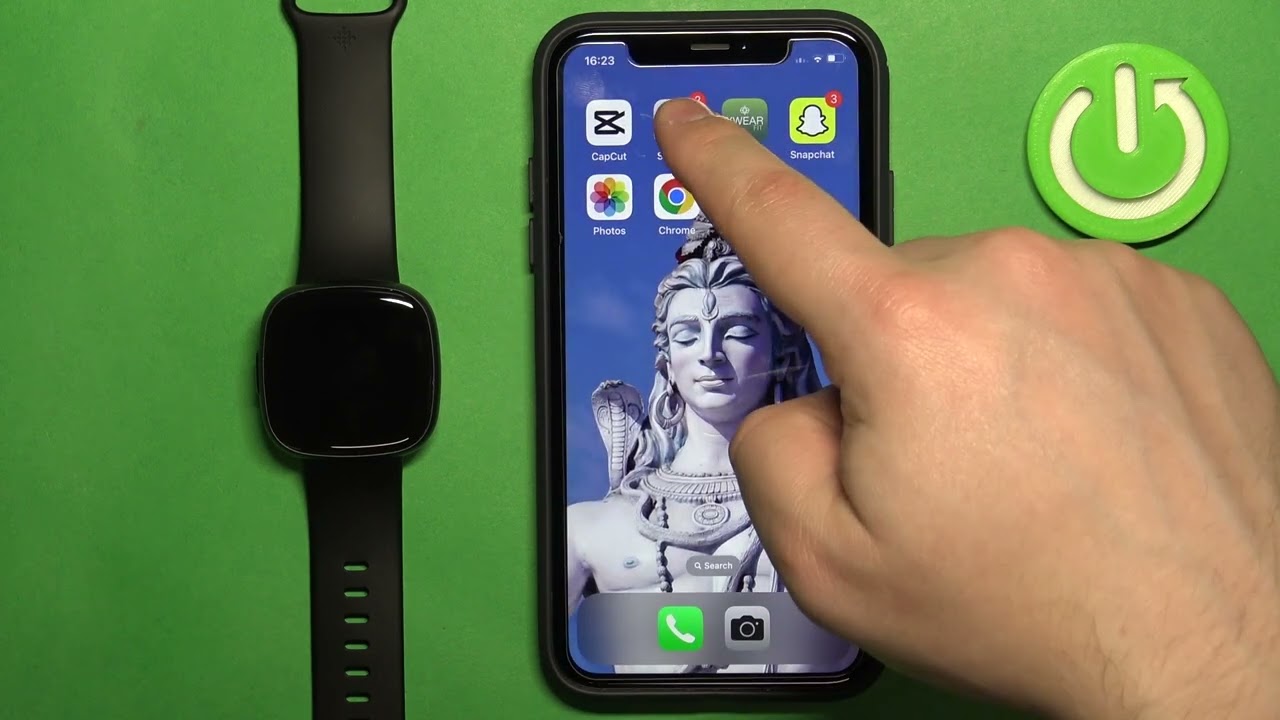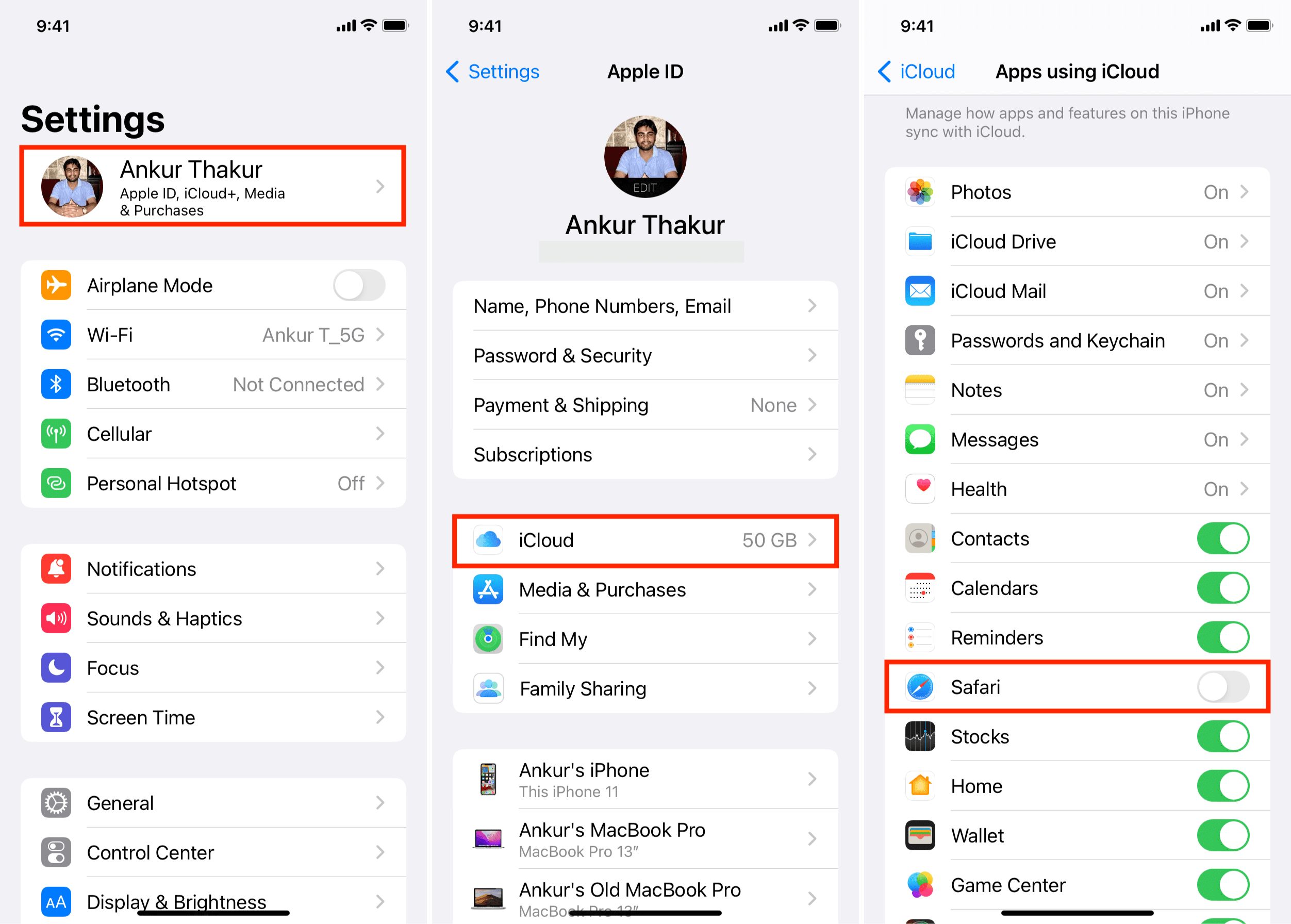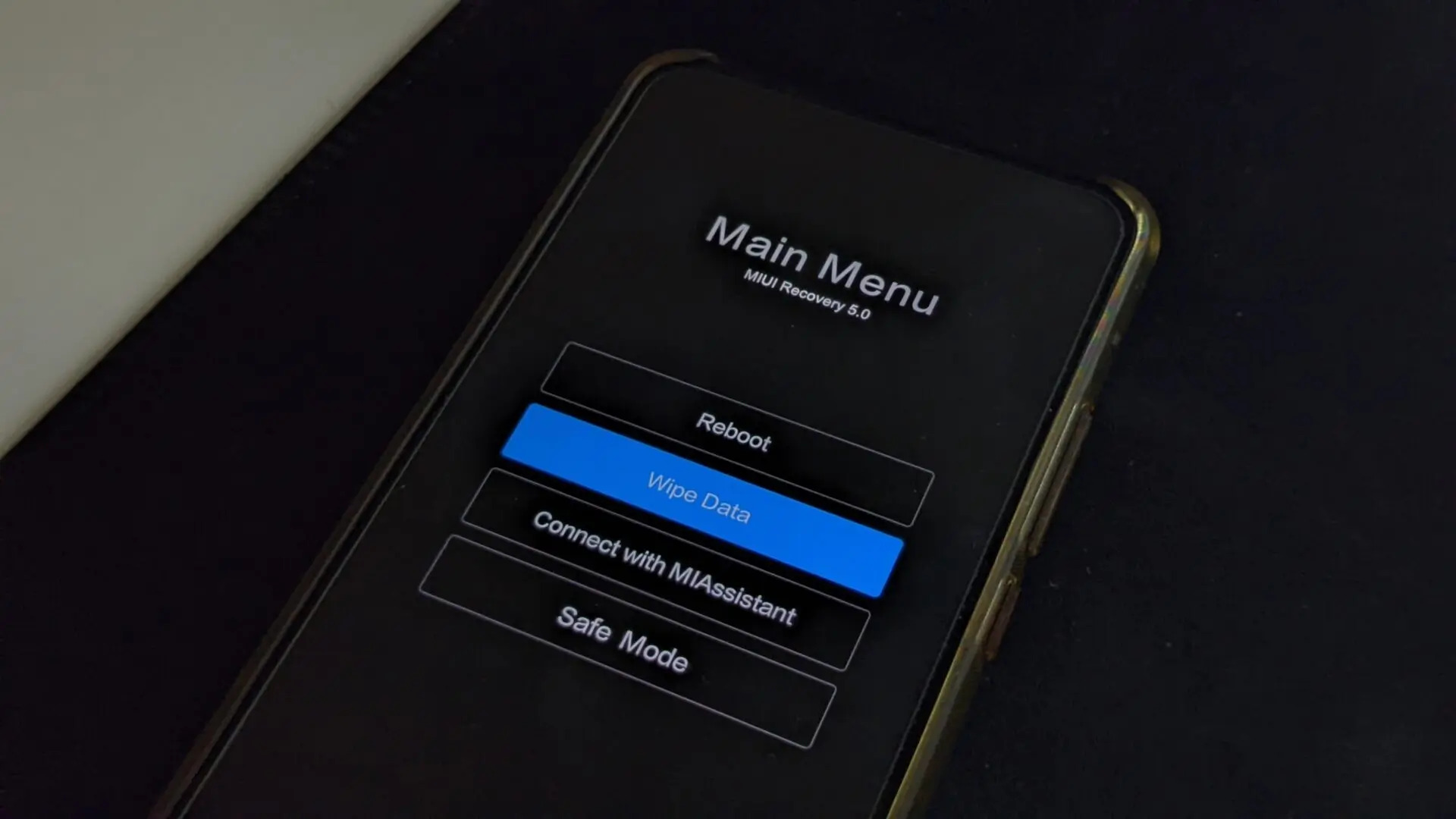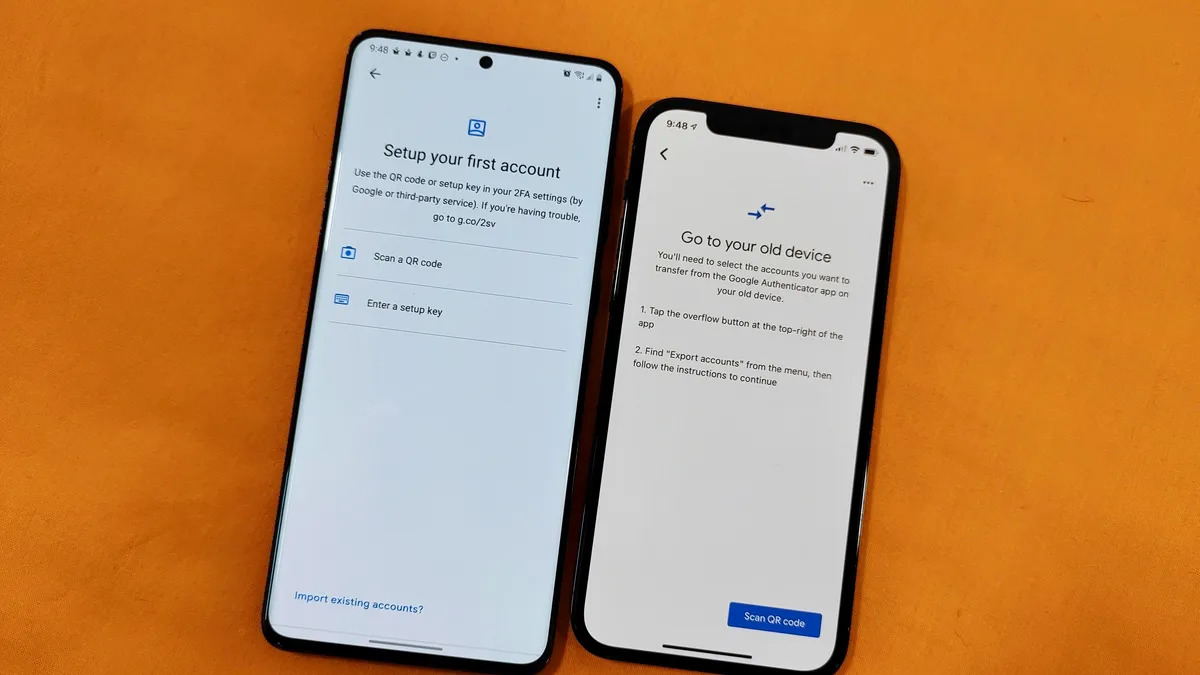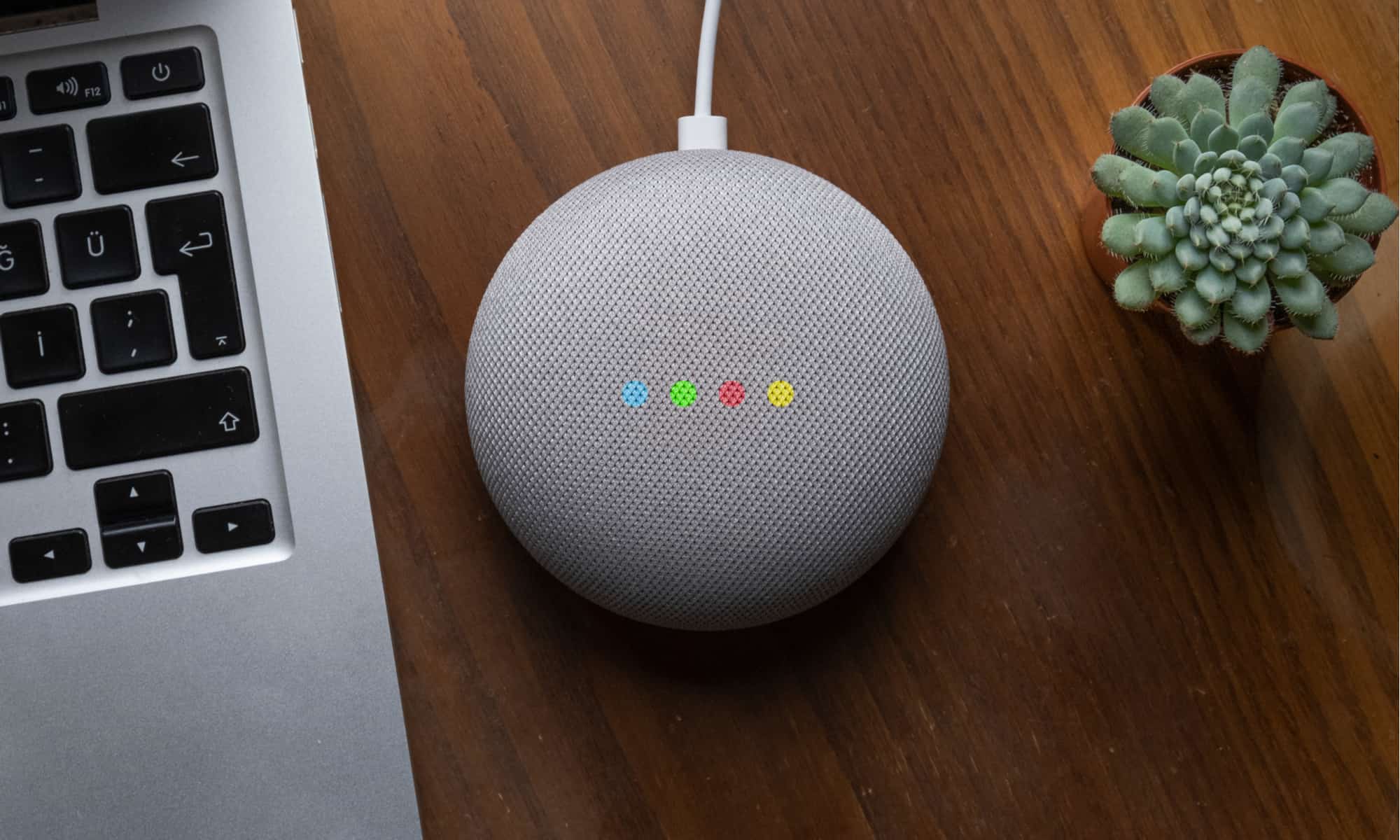Introduction
Google Photos has become a popular choice for iPhone users to store and manage their photos. With its seamless backup and syncing capabilities, it provides a convenient way to keep your precious memories safe and accessible across devices. However, there may come a time when you want to unlink Google Photos from your iPhone for various reasons.
Unlinking Google Photos from your iPhone can free up storage space, provide privacy by disconnecting your personal photos from the cloud, or simply give you more control over your photo management. Whatever your motivation may be, this article will guide you through the different methods to unlink Google Photos from your iPhone.
In this article, we will explore three different methods that you can use to unlink Google Photos from your iPhone:
- Method 1: Remove Google Photos app from your iPhone
- Method 2: Disconnect Google Photos from your Google account
- Method 3: Turn off Google Photos sync on your iPhone
By following these methods, you will be able to effectively unlink Google Photos from your iPhone and tailor your photo management experience according to your preferences. Let’s dive into the details of each method and explore the steps required to complete the unlinking process.
Why would you want to unlink Google Photos from your iPhone?
There can be several reasons why you might consider unlinking Google Photos from your iPhone. Here are some common scenarios where you might want to disconnect Google Photos from your device:
1. Privacy concerns: Some users may have concerns about storing their personal photos in the cloud. By unlinking Google Photos, you can ensure that your photos remain solely on your iPhone and reduce the risk of unauthorized access or data breaches.
2. Free up storage space: Google Photos offers free cloud storage for photos, but it still takes up space on your device. If you have a limited amount of storage on your iPhone and prefer to manage your photos locally, unlinking Google Photos can help you reclaim valuable storage space.
3. Simplify your photo management: Using multiple photo storage services can lead to confusion and disorganization. By unlinking Google Photos, you can streamline your photo management process and focus on a single app or service to organize and edit your pictures.
4. Switching to a different photo backup solution: You may decide to switch to a different cloud storage provider or a dedicated photo backup solution that better suits your needs. Unlinking Google Photos from your iPhone allows you to explore alternative options without any conflicts or duplications.
5. Battery life and performance: Google Photos app running in the background and continuously syncing can consume battery power and impact the performance of your iPhone. If you experience any performance issues or want to optimize your device’s battery life, unlinking Google Photos can help.
Overall, the decision to unlink Google Photos from your iPhone is a personal choice based on your individual preferences and requirements. By understanding these reasons, you can determine whether unlinking Google Photos is the right step for you.
How to unlink Google Photos from your iPhone
Unlinking Google Photos from your iPhone can be accomplished using different methods. Here, we will outline three effective methods to help you disconnect Google Photos from your device:
Method 1: Remove Google Photos app from your iPhone
If you no longer want to use Google Photos on your iPhone, you can simply remove the app from your device. Follow these steps:
- Find the Google Photos app on your iPhone’s home screen.
- Press and hold the app icon until all the apps start jiggling.
- Tap the ‘X’ button on the Google Photos app to uninstall it.
- Confirm the removal by selecting ‘Delete’ when prompted.
By removing the Google Photos app, you are effectively unlinking it from your iPhone.
Method 2: Disconnect Google Photos from your Google account
If you want to keep the Google Photos app on your iPhone but disconnect it from your Google account, follow these steps:
- Open the Google Photos app on your iPhone.
- Tap on your profile picture or initial in the top right corner.
- Tap ‘Use without an account’ or ‘Sign out’ (depending on your app version).
- Confirm the disconnection by selecting ‘Sign out’.
By signing out or using Google Photos without an account, you will effectively unlink the app from your Google account while still keeping it on your iPhone.
Method 3: Turn off Google Photos sync on your iPhone
If you want to temporarily disable the syncing of Google Photos on your iPhone but keep the app connected to your Google account, you can turn off the sync feature. Here’s how:
- Open the ‘Settings’ app on your iPhone.
- Scroll down and tap ‘Photos’ or ‘Google Photos’ (if the app is installed).
- Toggle off the ‘Photos’ or ‘Google Photos’ option to disable syncing.
By turning off the sync feature, you will stop Google Photos from automatically uploading and syncing new photos from your iPhone to the cloud.
By following one of these methods, you can successfully unlink Google Photos from your iPhone. Choose the method that best suits your needs and preferences, whether it’s completely removing the app, disconnecting it from your Google account, or turning off the sync feature temporarily.
Method 1: Remove Google Photos app from your iPhone
If you no longer want to use Google Photos on your iPhone and wish to completely unlink it from your device, you can remove the app. Follow these steps:
- Locate the Google Photos app on your iPhone’s home screen. It is represented by a colorful pinwheel icon.
- Press and hold the app icon until all the apps on your screen start jiggling.
- You will notice a small ‘X’ button appearing on the top-left corner of the Google Photos app icon. Tap the ‘X’ button.
- A confirmation pop-up will appear, asking if you want to delete the app. Select ‘Delete’ to proceed.
Once you confirm the deletion, the Google Photos app will be uninstalled and completely removed from your iPhone. By removing the app, you effectively unlink Google Photos from your device.
It is important to note that removing the app will delete all the data stored within the app on your iPhone. Any photos or videos that were only stored in Google Photos and not backed up elsewhere will be permanently lost. Therefore, make sure you have a backup of any important media files before proceeding with the deletion.
Additionally, you can always reinstall the Google Photos app in the future if you decide to re-link it to your iPhone. Simply search for “Google Photos” in the App Store and download it again.
Removing the Google Photos app from your iPhone provides a straightforward method to unlink it from your device, offering you the flexibility to explore other photo management options or free up storage space.
Method 2: Disconnect Google Photos from your Google account
If you want to keep the Google Photos app on your iPhone but disconnect it from your Google account, you can follow these steps to unlink it:
- Open the Google Photos app on your iPhone by tapping on its icon.
- In the top-right corner, you will see your profile picture or initial. Tap on it to access the account settings.
- On the account settings page, you will find the option to either ‘Use without an account’ or ‘Sign out’ (depending on your app version). Tap on this option.
- A confirmation prompt will appear, asking if you want to sign out or use Google Photos without an account. Select ‘Sign out’ to proceed.
By signing out or using Google Photos without an account, you effectively disconnect the app from your Google account while keeping it on your iPhone. While you won’t have access to your Google Photos library through the app anymore, the app itself will remain on your device.
It’s important to note that when you disconnect Google Photos from your Google account, you won’t be able to view or manage your Google Photos library using the app. However, your photos and videos will remain in your Google account, and you can access them through other methods, such as the Google Photos website or other Google services.
If you wish to reconnect Google Photos to your Google account in the future, simply launch the app and sign in with your Google account credentials. This will restore your access to the Google Photos library within the app on your iPhone.
Disconnecting Google Photos from your Google account provides a way to temporarily unlink the app from your account while still keeping it on your iPhone. This can be useful if you want to access your Google Photos library through other means or if you want to use the app for other purposes without accessing your personal media.
Method 3: Turn off Google Photos sync on your iPhone
If you want to temporarily disable the syncing of Google Photos on your iPhone but keep the app connected to your Google account, you can turn off the sync feature. Follow these steps to unlink Google Photos by turning off sync:
- Open the ‘Settings’ app on your iPhone. The app icon looks like a gear.
- Scroll down and tap on ‘Photos’ or ‘Google Photos’ (if you have the app installed).
- In the Photos settings, you will see an option labeled ‘Photos’ or ‘Google Photos’ (depending on your app version). Toggle off the switch next to it to disable syncing between your iPhone and Google Photos.
By turning off the sync feature, you effectively stop Google Photos from automatically uploading and syncing new photos and videos from your iPhone to the cloud. This will prevent any new media from being added to your Google Photos library, but it will not unlink the app from your Google account.
It’s important to note that turning off sync does not remove any existing photos or videos from your Google Photos library. It only prevents new media from being added to the cloud storage. Any media previously uploaded to Google Photos will remain accessible through other devices and methods.
If you decide to re-enable the sync feature in the future, follow the same steps mentioned above and toggle the switch next to ‘Photos’ or ‘Google Photos’ back on. This will resume the syncing of new media from your iPhone to your Google Photos library.
Disabling the sync feature provides a convenient way to pause the automatic uploading and syncing of photos and videos from your iPhone to Google Photos, giving you more control over what gets added to your cloud storage and when.
Conclusion
Unlinking Google Photos from your iPhone can provide you with more control and flexibility over your photo management. Whether it’s for privacy concerns, freeing up storage space, or simplifying your photo management process, there are different methods available to help you achieve this.
In this article, we discussed three effective methods to unlink Google Photos from your iPhone:
- Method 1: Removing the Google Photos app completely from your iPhone.
- Method 2: Disconnecting Google Photos from your Google account while keeping the app on your iPhone.
- Method 3: Temporarily turning off the Google Photos sync feature on your iPhone.
Each method offers its own advantages, and you can choose the one that best fits your needs and preferences. Whether you want to completely remove the app, disconnect it from your Google account, or pause the syncing of new media, these methods allow you to have greater control over your photo management.
It’s important to consider the potential consequences of each method before proceeding. Removing the app will delete all the data stored within it, so make sure to back up any important files. Disconnecting the app from your Google account will restrict access to your Google Photos library through the app, but your photos will remain in your account. Turning off the sync feature will stop new media from being uploaded to the cloud, but existing photos and videos will still be accessible.
By following the methods outlined in this article, you can successfully unlink Google Photos from your iPhone and tailor your photo management experience according to your preferences. It’s all about finding the method that aligns with your needs and gives you the desired level of control over your photos.
Remember, you can always re-link Google Photos or explore other photo management solutions if your needs change in the future.







